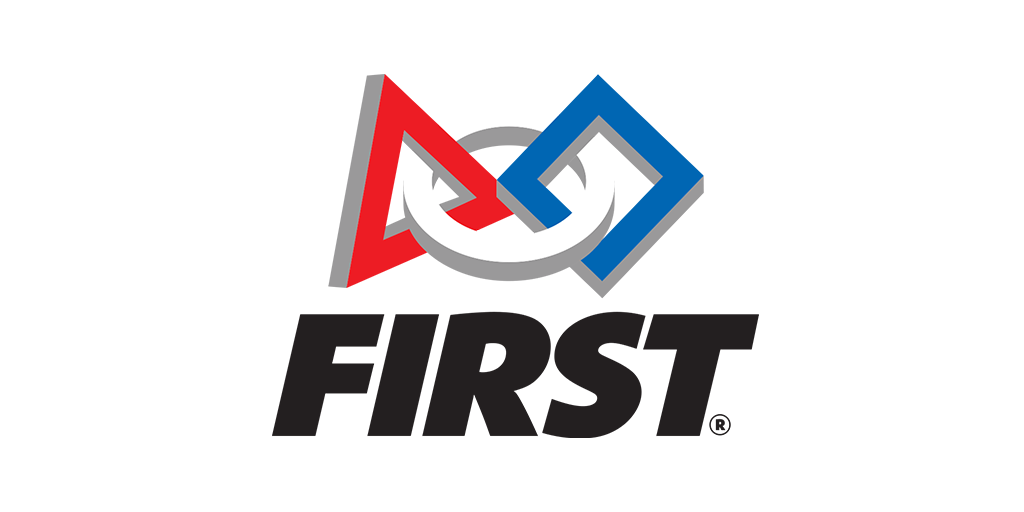Starting a new role, especially on a school board, can be both exciting and daunting. The first day is not just about understanding your responsibilities; it’s also a key opportunity to build relationships that will support your work and impact the school community. This article explores effective strategies for making connections on your first day at a school board, emphasizing the importance of relationships in educational settings.
The Importance of Relationships in Education
Building relationships is a fundamental aspect of educational leadership. Research shows that effective school boards foster strong community ties, leading to better student outcomes and enhanced school culture. According to a study by the National School Boards Association, schools with engaged boards that build relationships with stakeholders see significant improvement in student achievement and community satisfaction.
Preparing for Your First Day

Preparation is key to making a positive impression and establishing connections on your first day. Here are some tips to help you get ready:
- Research the Board: Familiarize yourself with the members, their backgrounds, and their interests. Understanding their perspectives can help you engage in meaningful conversations.
- Know the Agenda: Review the agenda for any meetings or discussions planned for your first day. Being informed will allow you to contribute effectively and show your commitment.
- Prepare Your Introduction: Craft a brief introduction about yourself that highlights your background, experience, and what you hope to contribute to the board.
- Set Goals: Define what you hope to achieve on your first day. Whether it’s meeting specific members or understanding board dynamics, having clear objectives will guide your actions.
Engaging with Board Members
![]()
Once you arrive at the school board, engaging with existing members is crucial. Here are some effective strategies:
Active Listening
One of the most important skills you can develop is active listening. It shows respect and allows you to understand others’ perspectives. Here’s how to practice active listening:
- Maintain eye contact to show engagement.
- Ask clarifying questions to demonstrate your interest.
- Paraphrase what others say to confirm understanding.
Building Rapport
Building rapport can facilitate smoother communication. Consider these techniques:
- Find Common Ground: Look for shared interests or experiences with board members to foster connections.
- Use Humor: A light-hearted joke can break the ice and ease any tension.
- Be Approachable: Smile and maintain an open posture to invite conversation.
Engaging with the Community
It’s not just about building relationships with board members; engaging with the broader school community is equally important. Here’s how to do that:
Attend Community Events

Participating in school events, such as open houses or sports games, can help you connect with parents, students, and faculty. These informal settings allow for relaxed interactions that can lead to lasting relationships.
Listen to Stakeholders

Gathering input from the community is essential for effective governance. Consider the following methods:
- Surveys: Distributing surveys can help you gather opinions on various issues.
- Focus Groups: Conducting focus groups with parents and teachers can provide deeper insights.
- Open Forums: Hosting open forums allows community members to voice their concerns and suggestions directly.
Utilizing Technology for Connection
In today’s digital age, technology can facilitate connections even when face-to-face interactions are limited. Here are some ways to leverage technology:
- Social Media: Use platforms like Twitter or Facebook to engage with the school community and share updates.
- Email Newsletters: Regular communication through newsletters can keep stakeholders informed and engaged.
- Online Forums: Create online discussion boards where parents and community members can share ideas and concerns.
Case Study: Successful First Days

Examining successful first days can provide valuable lessons. Consider the case of Dr. Jane Smith, who joined a school board in a diverse district. On her first day, she made a point to:
- Host an informal breakfast for board members, allowing for casual conversations.
- Attend a local community event that weekend, where she introduced herself to parents and students.
- Implement an online survey shortly after her arrival to gather community input on priorities.
Dr. Smith’s proactive approach led to a strong foundation for her tenure, resulting in increased community trust and participation in school initiatives.
Follow-Up and Sustaining Relationships

Making connections doesn’t end after your first day. It’s vital to maintain and nurture these relationships over time. Here are strategies for sustaining connections:
- Regular Check-Ins: Schedule periodic meetings with board members and community stakeholders to discuss ongoing issues and updates.
- Show Appreciation: Acknowledge the contributions of others publicly and privately to foster goodwill.
- Be Responsive: Promptly respond to emails and concerns raised by stakeholders to show that their input matters.
Your first day at a school board is a critical opportunity to lay the groundwork for lasting relationships. By preparing adequately, engaging with board members and the community, utilizing technology, and following up, you can establish connections that will enhance your effectiveness as a board member. Remember, relationships are the backbone of successful educational governance, and investing time and effort into building them will yield significant benefits for you and the school community.
As you embark on this journey, keep in mind that every interaction is an opportunity to strengthen the ties that will support your mission to improve education and serve the community.